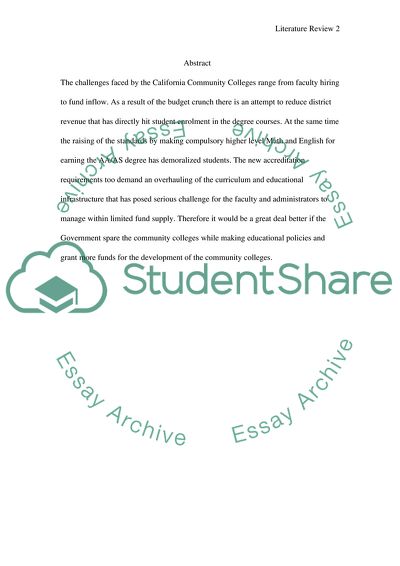Cite this document
(Challenges Of The New Accreditation Standards Research Paper - 1, n.d.)
Challenges Of The New Accreditation Standards Research Paper - 1. https://studentshare.org/education/1722138-literature-review
Challenges Of The New Accreditation Standards Research Paper - 1. https://studentshare.org/education/1722138-literature-review
(Challenges Of The New Accreditation Standards Research Paper - 1)
Challenges Of The New Accreditation Standards Research Paper - 1. https://studentshare.org/education/1722138-literature-review.
Challenges Of The New Accreditation Standards Research Paper - 1. https://studentshare.org/education/1722138-literature-review.
“Challenges Of The New Accreditation Standards Research Paper - 1”. https://studentshare.org/education/1722138-literature-review.


